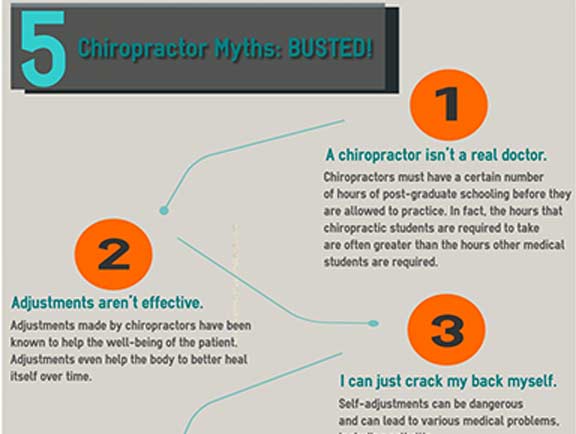Tackle Back Pain By Discovering The Everyday Habits That Might Be Creating It-- Straightforward Adjustments Might Result In A Pain-Free Way Of Living
Tackle Back Pain By Discovering The Everyday Habits That Might Be Creating It-- Straightforward Adjustments Might Result In A Pain-Free Way Of Living
Blog Article
Post Author-Mckay Rosales
Maintaining proper stance and avoiding typical pitfalls in day-to-day tasks can considerably influence your back wellness. From just how you rest at your desk to just how you lift hefty things, small changes can make a large difference. Visualize a day without the nagging back pain that hinders your every step; the service might be simpler than you assume. By making a couple of tweaks to your daily habits, you could be on your way to a pain-free presence.
Poor Posture and Sedentary Way Of Life
Poor posture and a sedentary way of living are two major contributors to pain in the back. When you slouch or inkling over while resting or standing, you put unnecessary strain on your back muscle mass and back. This can cause muscular tissue discrepancies, stress, and at some point, chronic back pain. Furthermore, sitting for extended periods without breaks or exercise can weaken your back muscles and bring about rigidity and discomfort.
To fight inadequate stance, make an aware initiative to rest and stand directly with your shoulders back and aligned with your ears. Remember to maintain your feet level on the ground and prevent crossing your legs for prolonged periods.
Including routine extending and reinforcing workouts right into your daily regimen can likewise help improve your posture and reduce back pain associated with an inactive way of life.
Incorrect Training Techniques
Improper lifting methods can dramatically contribute to pain in the back and injuries. When you lift hefty things, remember to flex your knees and utilize your legs to lift, rather than counting on your back muscular tissues. Avoid twisting your body while lifting and keep the item near to your body to decrease strain on your back. integrative physiatry to maintain a straight back and avoid rounding your shoulders while lifting to prevent unneeded pressure on your spinal column.
Always examine the weight of the object before raising it. If it's as well hefty, request help or use tools like a dolly or cart to deliver it securely.
Remember to take https://danteidxsl.aboutyoublog.com/32481165/examining-the-connection-between-chiropractic-care-treatment-and-sports-performance throughout raising tasks to give your back muscular tissues a chance to relax and protect against overexertion. By applying correct training techniques, you can protect against neck and back pain and decrease the threat of injuries, ensuring your back remains healthy and solid for the long term.
Absence of Regular Exercise and Extending
A sedentary way of living lacking normal exercise and stretching can dramatically add to back pain and pain. When you do not take part in exercise, your muscular tissues become weak and inflexible, bring about inadequate posture and raised strain on your back. Regular workout helps strengthen the muscle mass that support your spinal column, boosting security and decreasing the danger of neck and back pain. Integrating extending into your regimen can likewise boost flexibility, protecting against tightness and discomfort in your back muscular tissues.
To stay clear of back pain triggered by an absence of workout and stretching, go for a minimum of 30 minutes of moderate physical activity most days of the week. Include workouts that target your core muscular tissues, as a solid core can aid relieve stress on your back.
Furthermore, take breaks to stretch and relocate throughout the day, specifically if you have a workdesk task. Easy stretches like touching your toes or doing shoulder rolls can help alleviate stress and prevent neck and back pain. Prioritizing routine exercise and stretching can go a long way in preserving a healthy back and decreasing discomfort.
Conclusion
So, remember to stay up right, lift with your legs, and remain active to avoid pain in the back. By making basic modifications to your daily habits, you can stay clear of the pain and constraints that come with pain in the back. Look after your back and muscle mass by exercising good posture, appropriate lifting techniques, and routine exercise. Your back will certainly thank you for it!
